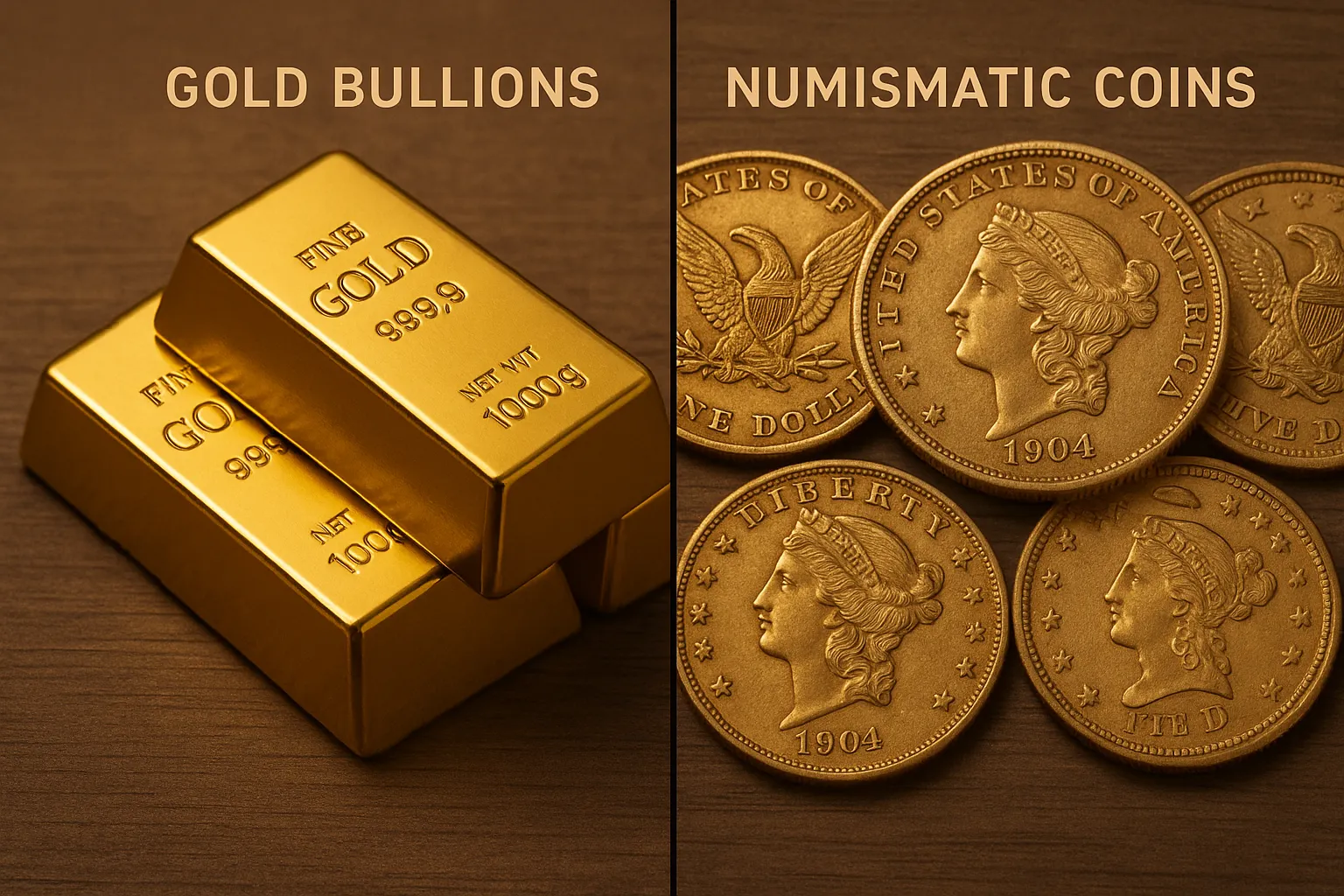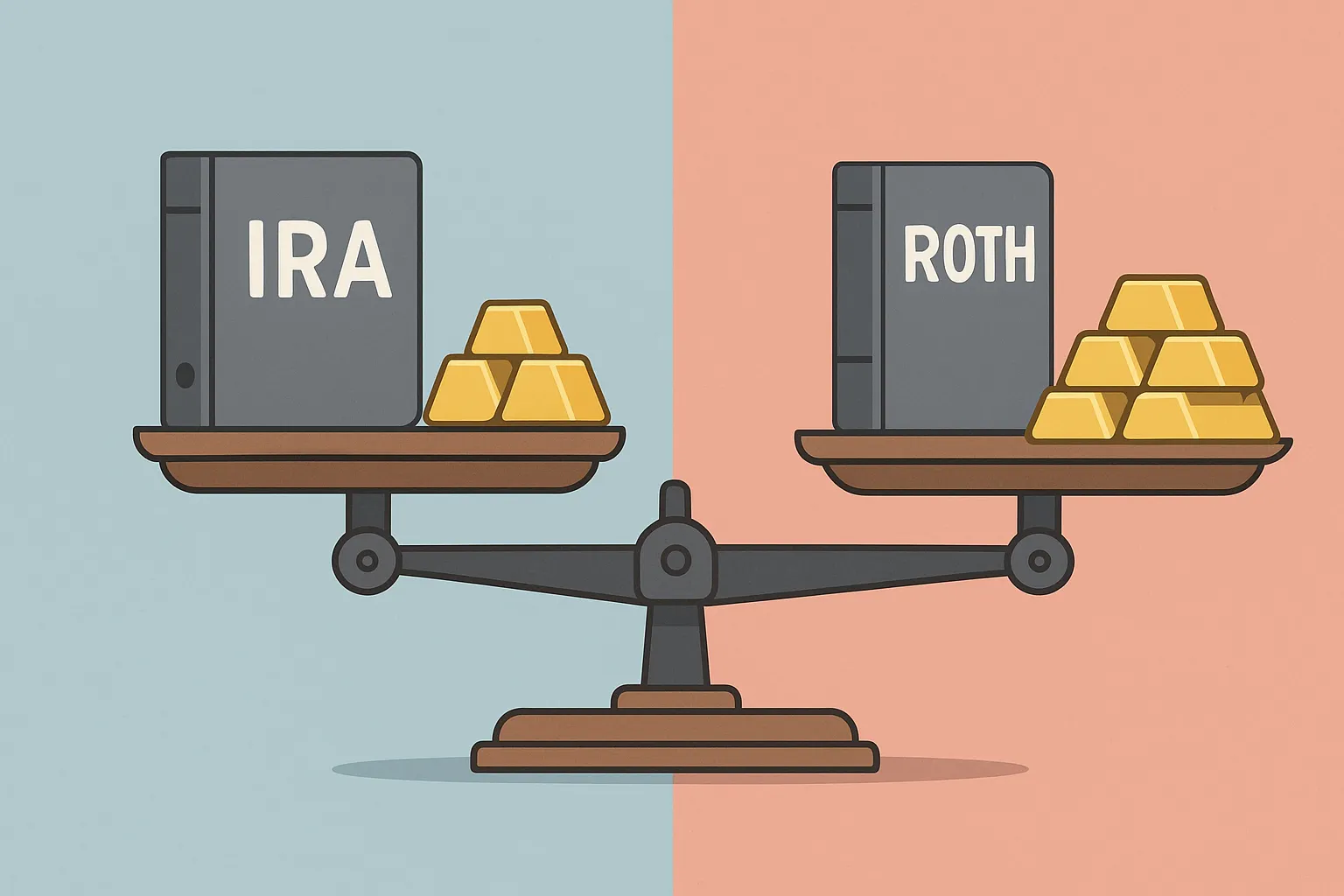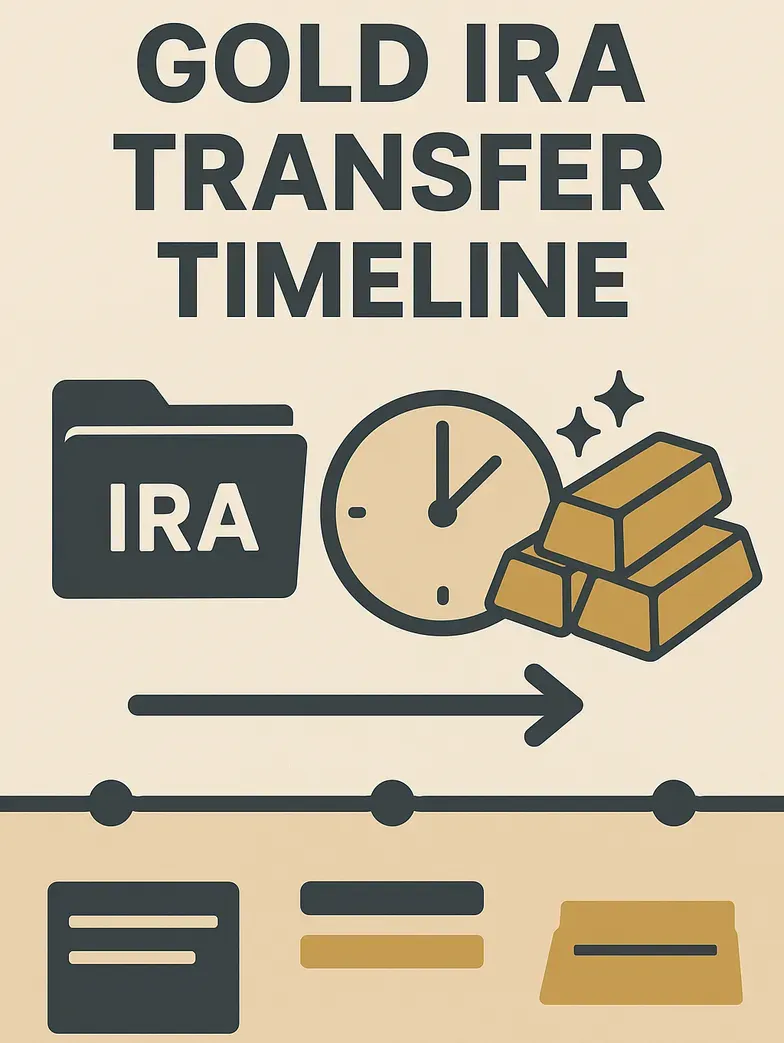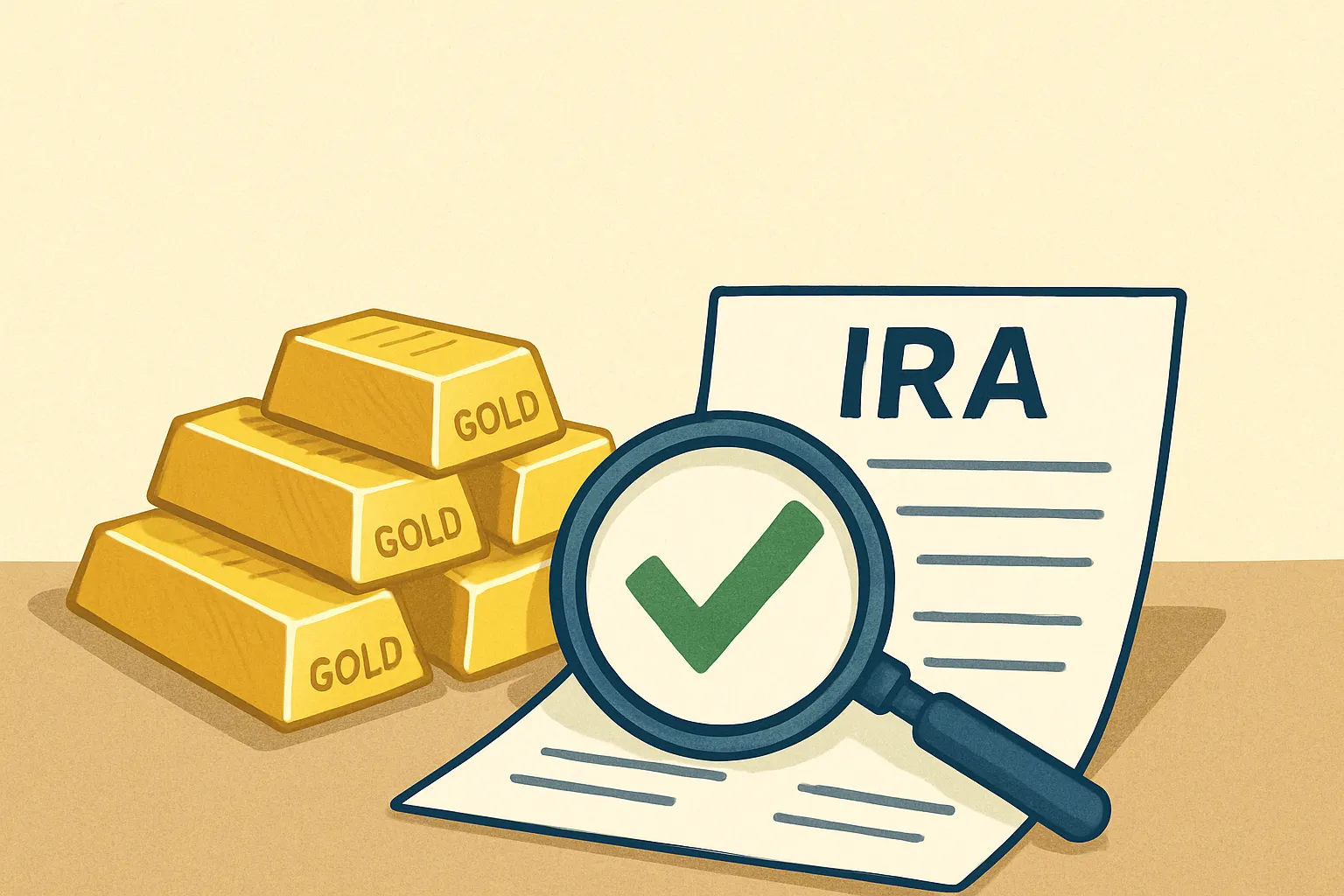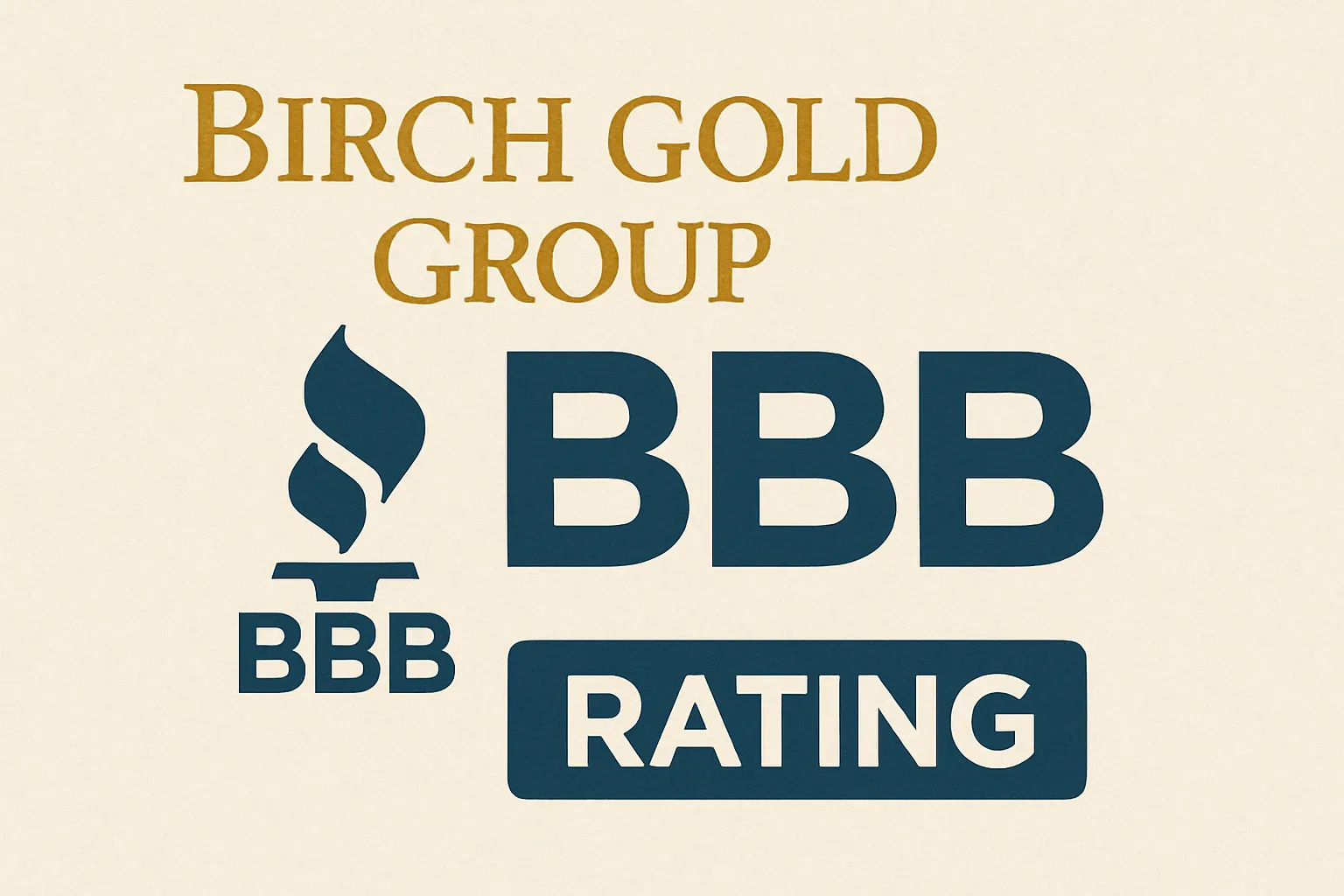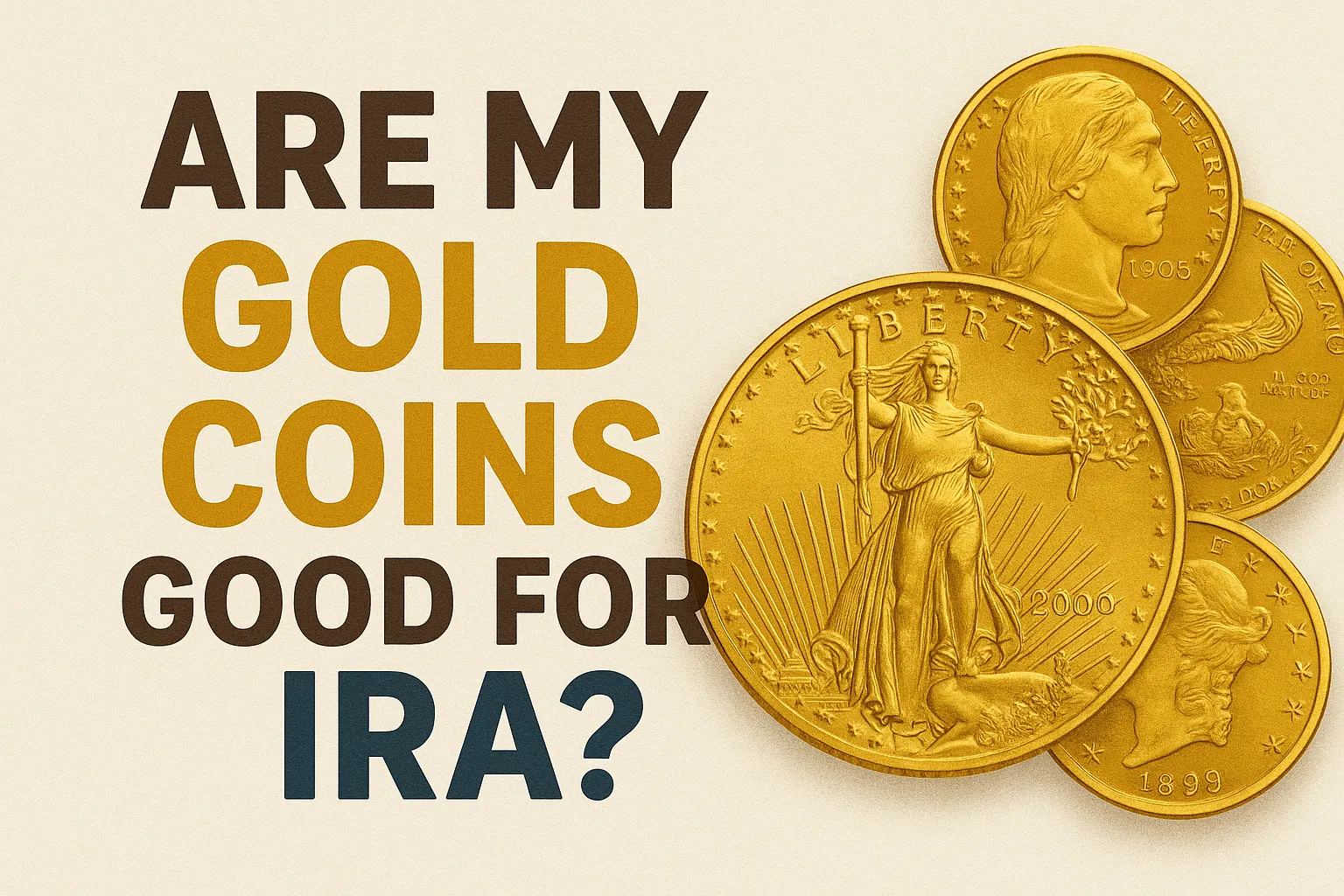Gold IRA Early Withdrawal Penalty: What You Need to Know Before Touching Your Retirement Gold
Getting hit with unexpected penalties can devastate your retirement savings. If you're considering an early withdrawal from your Gold IRA, understanding the penalty structure could save you thousands of dollars and protect your financial future.
Gold IRAs follow the same withdrawal rules as traditional retirement accounts, but the unique nature of holding physical precious metals adds complexity to the process. Here's everything you need to know about Gold IRA early withdrawal penalties and how to avoid costly mistakes.
What Is a Gold IRA Early Withdrawal Penalty?
A Gold IRA early withdrawal penalty is a 10% tax penalty imposed by the IRS when you withdraw funds from your Gold IRA before reaching age 59½. This penalty applies to both Traditional and Roth Gold IRAs, though the tax treatment of the withdrawal itself differs between these account types.
The penalty exists to discourage people from raiding their retirement savings prematurely, helping ensure these accounts serve their intended purpose: providing financial security in retirement.
Understanding Gold IRA Withdrawal Rules
Age Requirements
The magic number for penalty-free withdrawals is 59½ years old. Once you reach this age, you can withdraw from your Gold IRA without facing the 10% early withdrawal penalty, though you'll still owe taxes on Traditional Gold IRA withdrawals.
Traditional vs. Roth Gold IRA Differences
Traditional Gold IRA Early Withdrawals:
- Subject to 10% penalty before age 59½
- Withdrawal amount taxed as ordinary income
- Both penalty and taxes apply to the full withdrawal amount
Roth Gold IRA Early Withdrawals:
- Contributions can be withdrawn penalty-free at any time
- Earnings are subject to 10% penalty before age 59½
- Earnings also taxed as ordinary income if withdrawn early
How the 10% Penalty Works
The penalty calculation is straightforward: 10% of the amount you withdraw early. However, the total cost includes both the penalty and regular income taxes.
Example Calculation
Let's say you withdraw $20,000 from your Traditional Gold IRA at age 45:
- Early withdrawal penalty: $2,000 (10% of $20,000)
- Income tax (assuming 22% bracket): $4,400
- Total cost: $6,400
- Amount you actually receive: $13,600
This means you lose nearly one-third of your withdrawal to taxes and penalties.
Exceptions to the Early Withdrawal Penalty
The IRS provides several exceptions where you can withdraw from your Gold IRA before age 59½ without the 10% penalty:
Qualified Exceptions Include:
1. First-Time Home Purchase
- Up to $10,000 lifetime limit
- Must be used within 120 days of withdrawal
- Applies to you, spouse, children, or grandchildren
2. Higher Education Expenses
- Tuition, fees, books, supplies, and equipment
- Room and board for students enrolled at least half-time
- Applies to you, spouse, children, or grandchildren
3. Medical Expenses
- Unreimbursed medical expenses exceeding 7.5% of adjusted gross income
- Medical insurance premiums while unemployed
4. Unemployment Hardship
- Unemployed for at least 12 consecutive weeks
- Withdrawal must occur during unemployment or within 60 days of returning to work
5. Other Qualified Exceptions:
- Disability
- IRS levy on the IRA
- Military reservist distributions
- Birth or adoption expenses (up to $5,000)
Important Considerations for Gold IRA Withdrawals
Physical Gold Liquidation Process
Unlike traditional IRAs holding paper assets, Gold IRAs require liquidating physical precious metals.
This process involves:
- Contacting your custodian to initiate the withdrawal
- Selling the gold through approved dealers
- Receiving cash proceeds after sale completion
- Potential delays due to the physical nature of the assets
Storage and Insurance Implications
When you withdraw from a Gold IRA, you're not taking physical possession of the gold.
Instead:
- The custodian sells your gold holdings
- You receive cash equivalent to the current market value
- Storage fees stop accruing on withdrawn amounts
Alternatives to Early Withdrawal
Before triggering penalties, consider these alternatives:
Roth IRA Conversion Strategy
Converting Traditional Gold IRA funds to a Roth IRA allows penalty-free access to contributions after five years, though you'll pay taxes on the conversion amount.
401(k) Loans
If you have a current employer's 401(k), you might borrow against it instead of withdrawing from your Gold IRA.
Emergency Fund Access
Tap other savings accounts before touching retirement funds.
Personal Loans
Depending on interest rates, a personal loan might cost less than the combined penalty and taxes.
Minimizing Penalty Impact
If you must make an early withdrawal:
1. Withdraw Only What You Need Don't withdraw more than necessary since every dollar incurs the 10% penalty.
2. Time Your Withdrawal Strategically Consider making the withdrawal in a year when your income is lower to reduce the tax impact.
3. Explore Partial Withdrawals You don't have to liquidate your entire Gold IRA position.
4. Document Qualifying Exceptions Keep detailed records if your withdrawal qualifies for penalty exemption.
Required Minimum Distributions (RMDs)
Starting at age 73, Traditional Gold IRA holders must take Required Minimum Distributions. These distributions are penalty-free but still subject to ordinary income tax. Planning for RMDs helps avoid forced liquidation of gold holdings at unfavorable market conditions.
Tax Reporting Requirements
Early withdrawals from Gold IRAs require specific tax reporting:
- Form 1099-R from your custodian showing the distribution
- Form 5329 to calculate early withdrawal penalties
- Schedule 1 to report the penalty on your tax return
Making Smart Gold IRA Decisions
Gold IRAs serve as long-term wealth preservation vehicles. Early withdrawals not only trigger immediate penalties but also reduce your retirement security and eliminate the tax-advantaged growth potential of those funds.
Before making any early withdrawal:
- Exhaust all other funding sources
- Verify if your situation qualifies for penalty exceptions
- Calculate the true cost including penalties and taxes
- Consult with a tax professional
- Consider the long-term impact on your retirement goals
Key Takeaways
The 10% early withdrawal penalty from Gold IRAs can significantly impact your finances, but understanding the rules helps you make informed decisions. While exceptions exist for specific circumstances, the best strategy remains keeping your Gold IRA intact until retirement age.
Remember: Every dollar you withdraw early is a dollar that can't continue growing tax-advantaged for your retirement. The penalty is just the immediate cost—the lost opportunity for long-term growth might be even more expensive.
Take a look at this calculator to help you make the right decision:
If you're facing financial hardship, explore all alternatives before touching your Gold IRA. Your future self will thank you for preserving these precious metal holdings for their intended purpose: securing your retirement.





